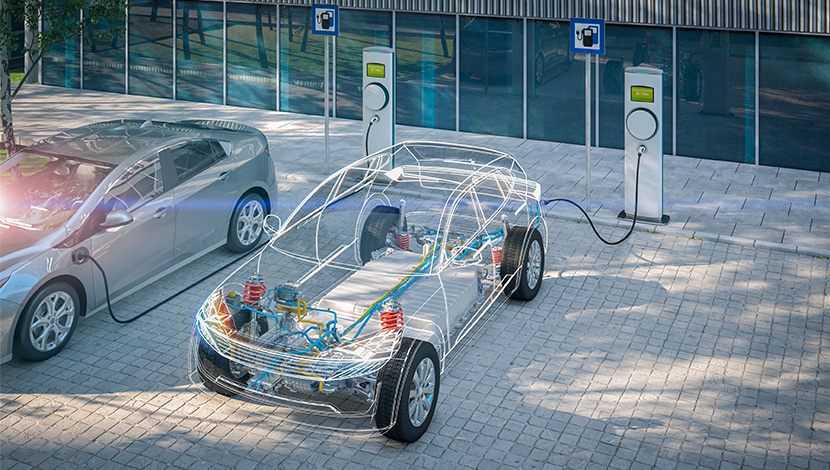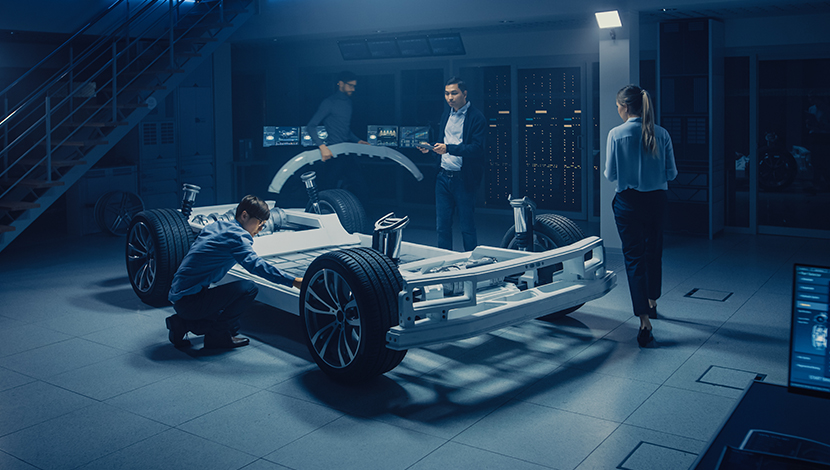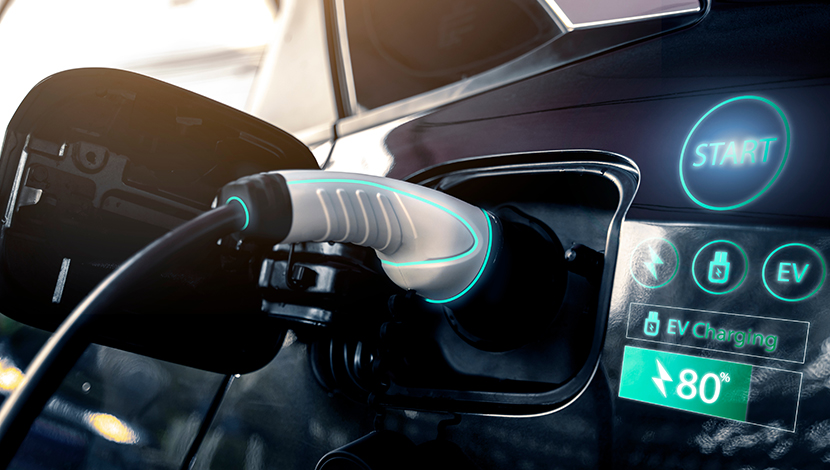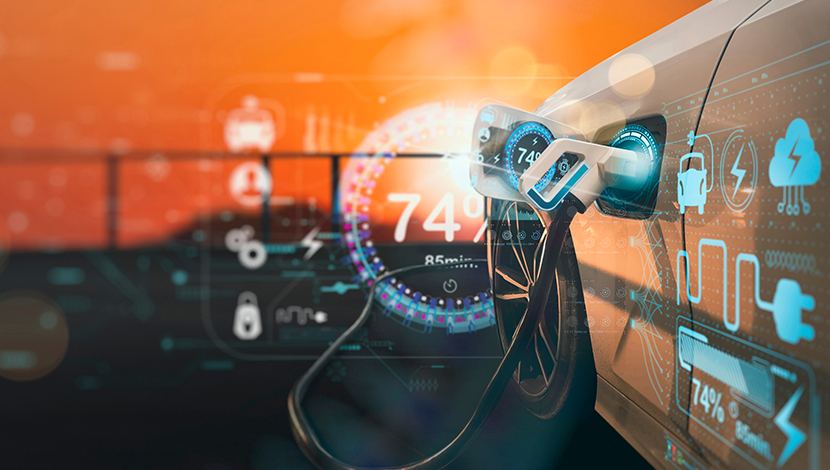At the rate that EV technology is advancing, we should soon arrive at a time when EVs dominate the roads. The battery of an EV is the heart of its technology. So, what kind of progress have we been making with EV batteries? Where are we now?
The heart of the EV
Demand for electric vehicles is rising. In 2021, 5.5% of all new cars purchased in Korea were EVs. Aside from China and Europe, that’s the world-leading figure. Automakers are releasing new EVs that are constantly outdoing their predecessors, and the government is stepping up its game on EV rebates. The Korean Ministry of Environment is targeting a domestic supply of 165,000 EVs for 2022, a jump of 90,000 over the previous year. Experts agree that this target will actually be exceeded. But for those of us without the necessary charging facility at home, running an EV can be a challenge. If you’re using a public charging station, you have to disconnect within one hour for fast charging and within 14 hours for slow charging. Otherwise, you’ll be tagged with a 100,000 won fine.
When it comes to charging, however, convenience isn’t everything. It’s also about managing the battery. Fast charging doesn’t fully charge all of the battery cells in the intended order, and this is damaging to battery performance and lifespan. EV makers recommend that you do a full slow charge at least two to three times a month.
Battery management is a key determinant of an EV’s range and driving performance, while battery size directly affects range. How well a battery expends its power influences acceleration, in terms of how fast and forcefully it can pump it out.
The EV battery: Its development and evolution
Newer EVs show much better performance than older versions because their lithium-ion batteries expend their power more efficiently. A drive in one of the early EVs will show you just how sluggish they can be. Granted, electric motor technology has since improved by leaps and bounds, but essentially it comes down to the battery. The world first saw an EV with a rechargeable battery in the late 19th century. French chemical engineer Camille Alphonse Faure took the lead-acid battery invented in 1859 and unveiled his own heavily improved version in 1881. The forefathers of today’s EVs began to appear one by one, all featuring the battery technology crafted by Faure. Right up to the 1990s, EVs were powered by lead-acid batteries, and it was in the late 1990s that nickel–hydrogen batteries superseded lead-acid batteries as the motive core for EVs. A nickel-hydrogen battery is characterized by a high energy density, and also produces something called the “memory effect”. Because the way it is constructed results in its “memorizing” charging levels, not recharging it once it has been fully discharged tends to cause a gradual reduction in its total energy storage capacity.
The lithium-ion battery in today’s EVs has done away with the disadvantages of the nickel-hydrogen battery. Lithium ions at the negative pole of a lithium-ion battery pass to the positive pole through electrolytes, releasing electricity. The reverse happens during charging. A lithium-ion battery is lightweight with a very high energy density. It can be charged quickly and is capable of high-intensity power discharge.
Lithium-ion battery charging technology
Except for hybrids, almost all of today’s EVs are powered by lithium-ion batteries. While performance doesn’t vary to a notable degree between batteries, some batteries feature a system voltage modulation technology for reduced charging time. Hyundai and Porsche are using this technology, with both opting for the 800V battery architecture. Both carmakers have also acquired a share of the Croatian performance EV brand Rimac, the developer of the 800V battery architecture, meaning that Hyundai’s ultra-fast high-voltage charging technology shares its roots with Porsche.
Both the Taycan and Ioniq 5 run at the high voltage of 800V, but the former can take a charge of up to 270kW and the latter up to 240kW. In Korea, any charging facility of 50kW or over is classed as a fast charger. If you own a Taycan or an Ioniq 5 and want to make the most of your car’s quick-charging capability, you have to take it to an ultra-fast charging station run by Porsche or Hyundai. You can now find Hyundai’s E-PITs at expressway rest areas. Porsche has made ultra-fast charging stations available at its showrooms, service centers, and various other locations.
The planet, EV batteries, and current developments
With more EVs on the roads, proper management of waste batteries has become an important issue. Most waste batteries are recycled. EV batteries are strong in terms of storage capacity and high-durability and high performance, and once they reach the end of their lifespan they can’t be reused in an EV, but they can be recycled into all kinds of other batteries. A used EV battery of at least 70% performance can be reused in an EV. While a used EV battery cannot be refurbished to a factory-new standard, it works as a replacement battery. Recycling of waste EV batteries, if performed efficiently, keeps environmental impacts below projected levels.
A promising new arrival on the EV scene is the solid-state battery. Compared to its volatile older sibling the lithium-ion battery, which is prone to ignition or explosion if not managed properly, the solid-state battery is a dependable choice for safety. Its ability to withstand the highest of current densities also equates to a very short charging time. The electrolytes in a solid-state battery are solid and can be molded into any shape, meaning more freedom for how the battery can be shaped or packaged. The downside of the solid-state battery is that the conductivity of its electrolytes is dramatically lower, which is the persisting reason that the so-called battery of the future has not yet been commercialized. Even with all of the world’s leading battery manufacturers toiling over this problem, it is estimated that at least five years will pass before we see any EVs powered by a solid-state battery. Nevertheless, it offers core performance worth anticipating for the future of electric vehicles.
Writer Former Editor-in-chief of EVO Korea and Motor Trend Korea
Automotive Journalist Ko Jung-sik
2022.03.30





